Equipment
PING G20 PRODUCT LAUNCH–WOODS
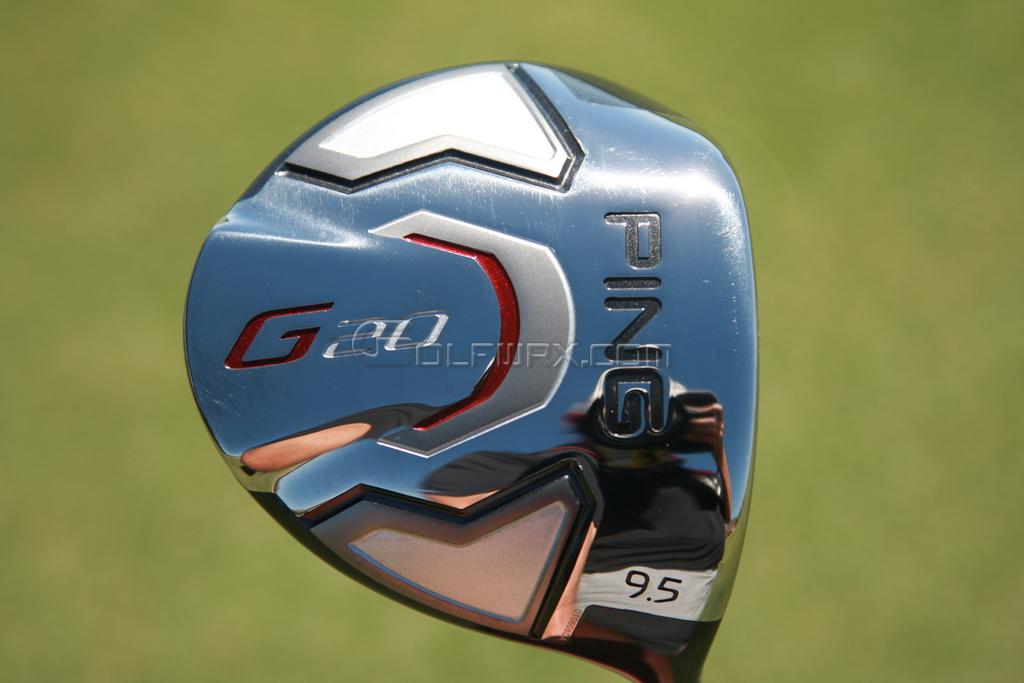
Anybody who’s been on this board for any amount of time tends to get a feel for what clubs garner the most buzz and, more importantly, what clubs live up to that hype. For the last two years PING’s G15 driver and irons have been in a class few others can claim. Recognizing this, PING followed the same formula to make improvements on an already incredible club.
Now, in the G20 series, PING decided to reemphasize the concept of having a complete set design. They wanted to do away with the idea of having a favorite club that just seems to fit your swing really well by matching the entire set to your swing. This is not a new concept, even to PING, but with the advanced technologies they have available, and their long history of designing clubs from an understanding of engineering and physics, they have matched these sets from top to bottom by examining and matching system mass, MOI about the hosel axis, CG position of the clubhead, etc., to synchronize the natural head rotation or delivery of the club. This provides fitters the flexibility to fit for trajectory and distance gapping without having to worry about having golfers adjust their swing to different clubs.
DRIVER
For the G20 Driver, PING utilized the high balance point shaft technology first employed in the G15, and took it a little further. By using a counterbalanced shaft, there were able to add more weight to the head, lighten the shaft, and keep the system mass and swingweight the same. This allowed PING to add more mass to the head which delivers more energy to the ball. The G15 added 5 grams to their standard G10 headweight and the G20 added another 2, yielding a current driver headweight of 203 grams. Testing shows that this concept adds distance and forgiveness as you're not slowing the clubhead during the swing and you're increasing inertia from the increased head mass.
In verifying this concept, PING tested clubs of otherwise same specifications, including shaft specs (swingweight, stiffness, torque, kick point, etc.), only changing the total system mass from 270, 286, and 304 grams between the three. They discovered that clubhead and ball speeds were not statistically significantly faster in any of the system weights, but distance and forgiveness were best with the heavier setup. Additionally, real world testing showed that there are benefits in having a more natural progression from your driver as per the complete set design outlined above as golfers don’t have to fight their swing going from a superlight driver to a heavier fairway or iron.
While not surprising, one point that bears mentioning deals with the G20‘s standard shaft length of 45.75 inches (and D3 swingweight). While this seems overly-long, especially to the GolfWRX membership where 45” seems to be the preference, it’s actually the standard length PING has stayed with since the TiSI. When the USGA published their standard for measuring, PING was using a 56º sole plate and measuring to the end of the ungripped shaft. When the standard of measurement required a 60º sole plate and measurement to the end of a gripped club, PING opted to change their published lengths rather than shorten what they’ve been doing. They also discovered through player testing that golfers can handle this length with no significant drawbacks on the course and without forcing golfers to fight their swing.
In the G20 driver, PING was able to lower and move weight even further back to optimize trajectory. Bubba's long because he launches 16º at 1800 RPM. And SlingMan is able to launch it even higher with lower spin to reach even farther distances–so there's still lots of distance to be gamed through trajectory optimization without even touching ball speed.
For the G20 driver, PING changed the material to Ti811 from Ti64: they are both very similar in terms of strength and elongation, but Ti811 is slightly lighter and less dense, so they can utilize more volume to mess with the thickness variances to better optimize CG and inertia. A larger head profile increases inertia, especially along the horizontal AND vertical axises and PING was able to increase the face area over the G15. The G20 is constructed from a cast body with the variable thickness sheet face. This allows to take weight away from some areas and add elsewhere and requires only one weld.
Driver testing between the G15 and G20 on PingMan and Player testing showed distance increases, and tighter dispersion across the board for swing speeds (spin rates were close between the two with some overlaps depending on several factors).
FAIRWAYS
In the G20 PING made a fairway that was easy to get up in the air through center of gravity and trajectory optimization. Made club deeper front to back to move the CG even lower and to the back. By increasing the dynamic launch angle, they were able to strengthened the standard loft of the 3 wood back to 15º. The 4 wood is same length as the 3, so it’s basically a higher lofted 3 wood. PING has found it to work even better with over 60% of golfers getting more optimal performance out of 4 wood in player testing. In fact, Bubba plays a 4 wood.
Often times, when companies make improvements, they’re usually on the smaller scale. Such is true in the vertical axis of the fairway where PING was able to improved MOI for heel-to-toe hits by 4%. HOWEVER, PING increased the MOI on the vertical axis by 25%, making it significantly more forgiving on high and low mishits. This is especially important as it seems overly easy to hit a fairway thin (just me?).
So golfers can expect less distance loss on fairway mishits in the G20, and slightly increased overall distance as the launch conditions have been optimized. Across the board, in both player and PingMan testing, the G20 fairways produced higher ball speeds because they were able to slightly lower the spin and increase the launch angle despite strengthening the standard loft resulting in longer distances…again–especially on mishits.
HYBRID
Not going to lie: this was the club I was least interested in going in, especially after seeing it was going to resemble the G15. However, after listening to the presentation and, more importantly, hitting it, it is the club I’m most excited for!
When PING designed the G15 hybrid, they took a 3 iron face profile and built around that. Taking Karsten Solheim’s original concept in incorporating offset, they were able to greatly increase launch angle without raising spin. Additionally, the design of the club increases the moment of inertia by 50% over the standard design. This provides significantly more forgiveness, tighter dispersion, and less twisting from mishits. And again, the offset increases the dynamic launch without increasing spin, especially on high and low mishits because of the high MOI, giving significantly more distance control and less variance between flushed shots and mishits.
Based on feedback of the G15, PING made adjustments in the G20 hybrid to appeal to more people. One complaint was that the club appeared too upright, especially in conjunction with the higher toe, so PING shortened the club from heel-to-toe, moving the CG in a bit, allowing them to bend the lie angle flatter by 2º. This also reduced the toe-down droop seen at higher swing speeds. Despite this move, they were able to keep the same MOI. PING also increased the versatility of the club by increasing the heel-toe sole curvature.
One point of interest is that complaints of the G20 by actual owners of that club were minimal. The voiced complaints were overwhelmingly made by people who never bothered to hit the club…myself included. At demo days, the feedback from golfers who actually hit the club was very positive. PING is hoping that the changes made will get more people to pick it up and give it a try. In test results, the G20 hybrid performed very similarly to the G15. Same goes for player testing. However, player perceptions were drastically improved.
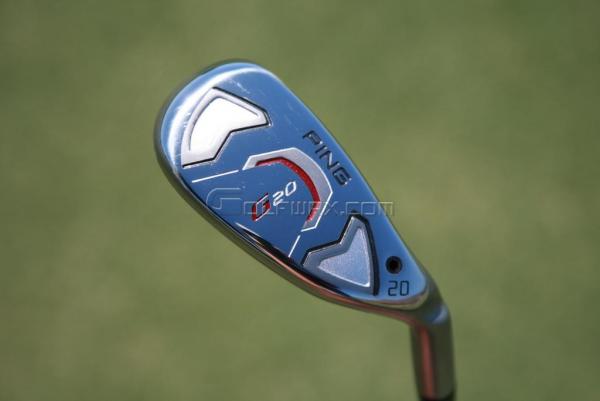
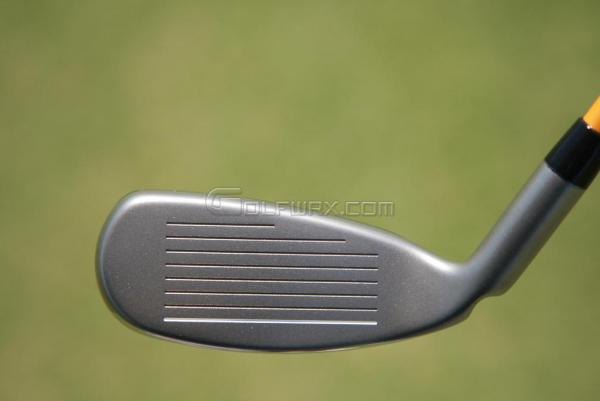

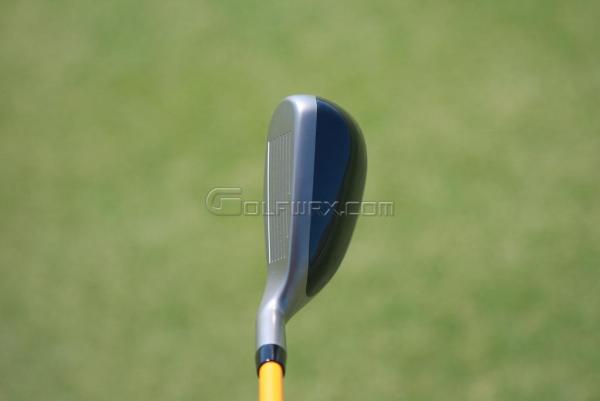
- LIKE0
- LEGIT1
- WOW0
- LOL0
- IDHT0
- FLOP0
- OB0
- SHANK1
Equipment
Welcome to the family: TaylorMade launches PUDI and PDHY utility irons
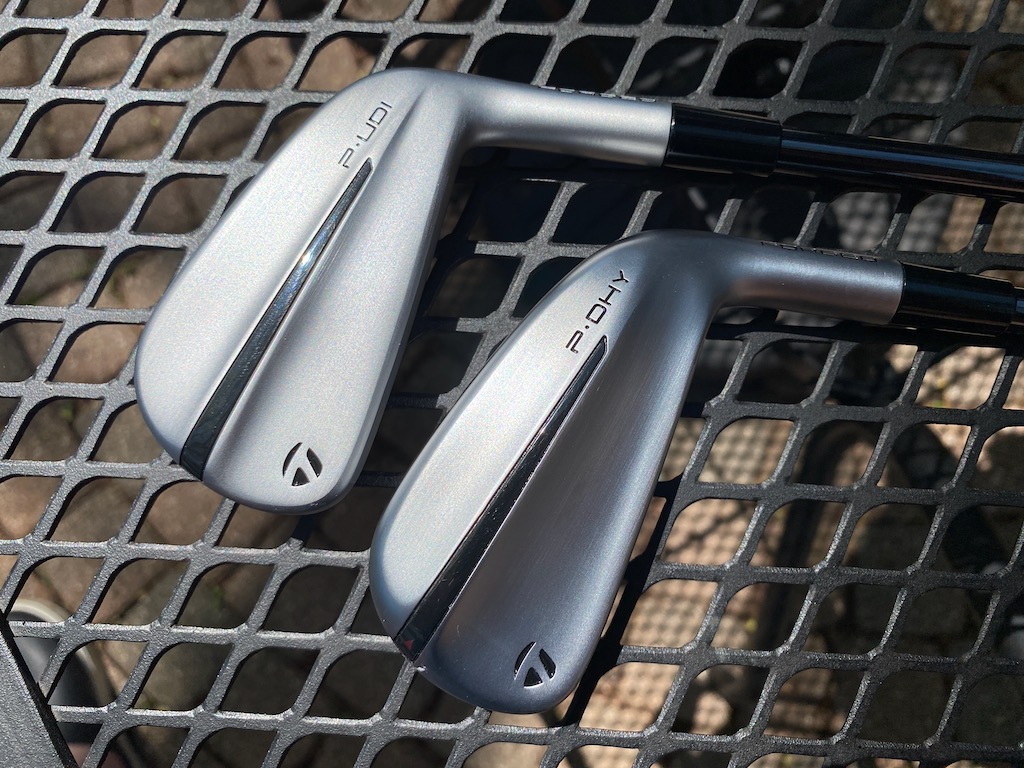
TaylorMade is continuing its UDI/DHY series with the successor to the Stealth UDI and DHY utility irons: PUDI and PDHY (which the company styles as P·UDI and P·DHY). TaylorMade is folding the designs in with its P Series of irons.
TaylorMade outlined the process of developing its new utilities this way. The company started with the data on utility iron usage. Not surprisingly, better players — i.e. those who generate more clubhead speed and strike the ball more precisely — were found to gravitate toward the UDI model. DHY usage, however, covered a wider swath than the company might have expected with six-to-18 handicappers found to be bagging the club.
TaylorMade also found that the majority of golfers playing UDI or DHY utilities were playing P Series irons at the top of their iron configurations.
Can you see where this is going?
Matt Bovee, Director of Product Creation, Iron and Wedge at TaylorMade: “As we look to the future, beyond the tech and the design language, we are excited about repositioning our utility irons into the P·Series family. P·UDI is an easy pair for players that currently play P·Series product and P·DHY is an extremely forgiving option for players of all skill levels. It is a natural fit to give these players the performance in this category that they are looking for.”
View this post on Instagram
TaylorMade PUDI
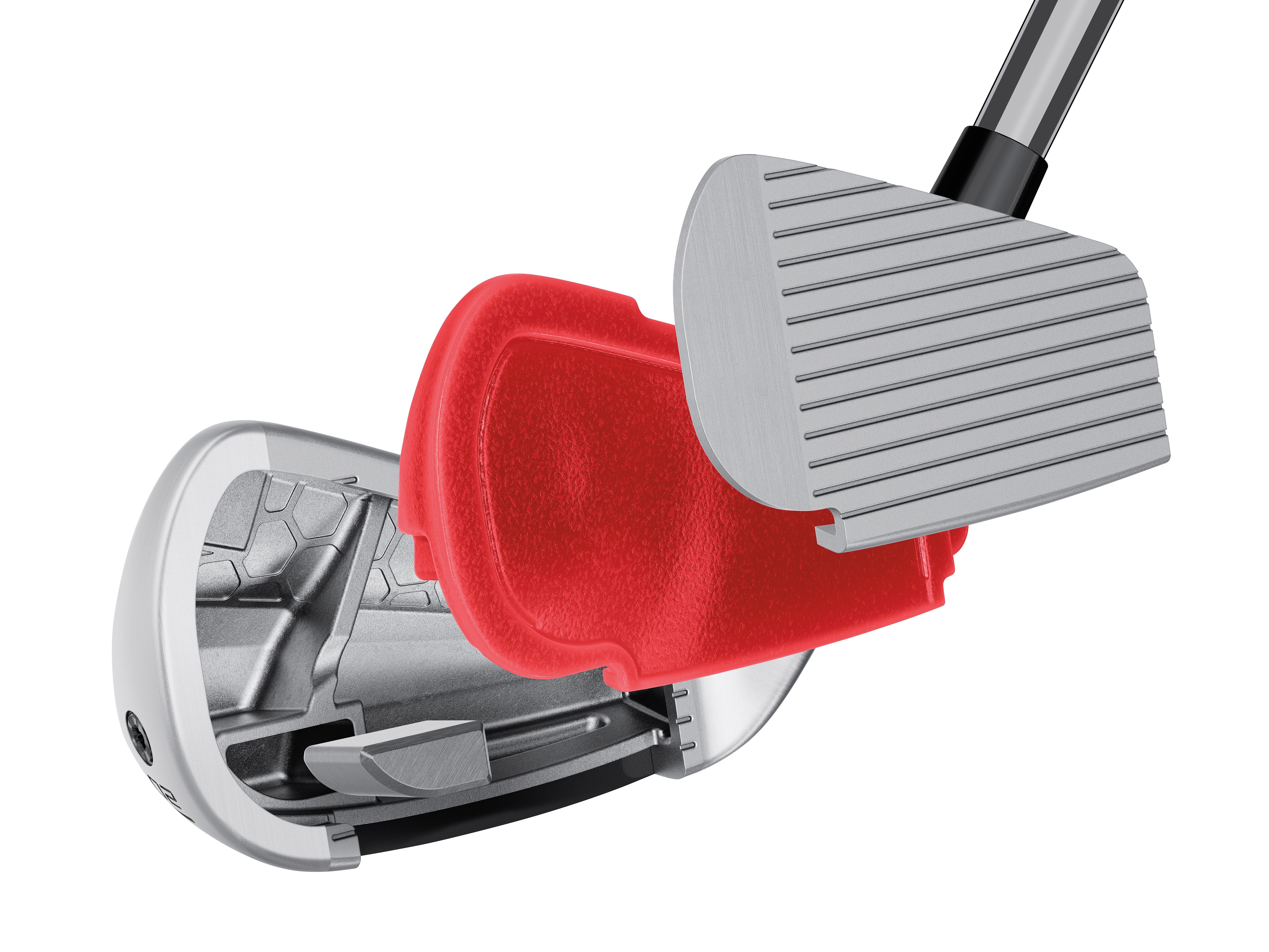
TaylorMade PUDI technology cutaway (via TaylorMade)
Crafted with tour player input, TaylorMade sought to develop a confidence-inspiring utility iron that blends with the rest of the P Series irons. Also of note: Interestingly, the PUDI has a more compact head than the P790.
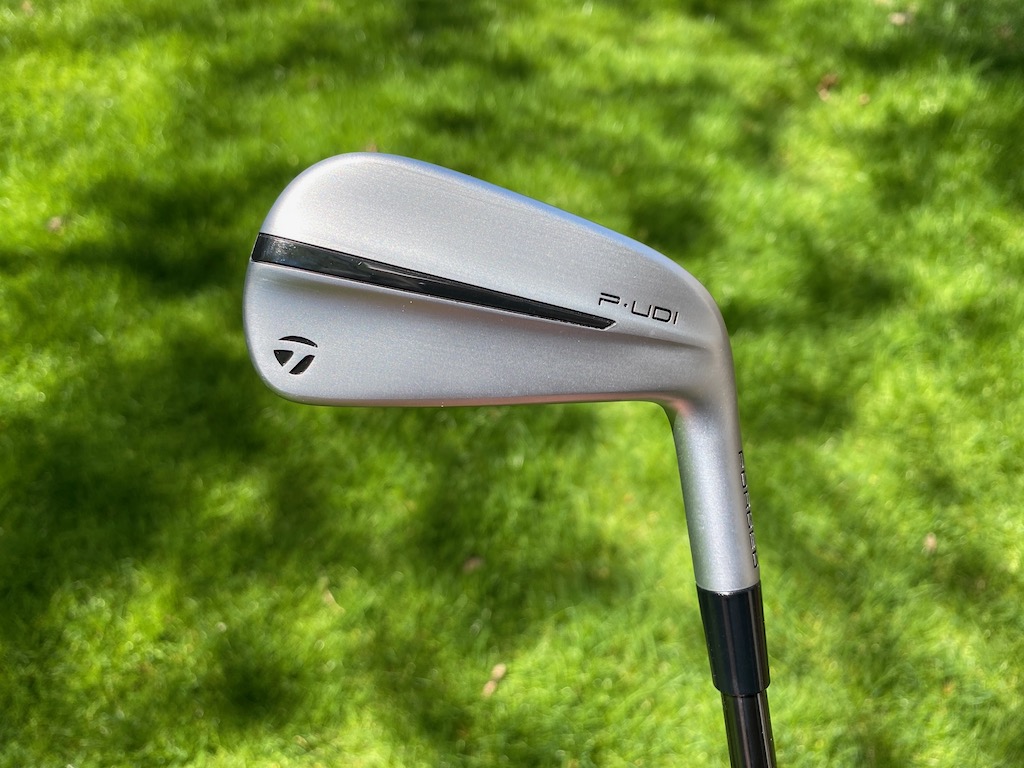
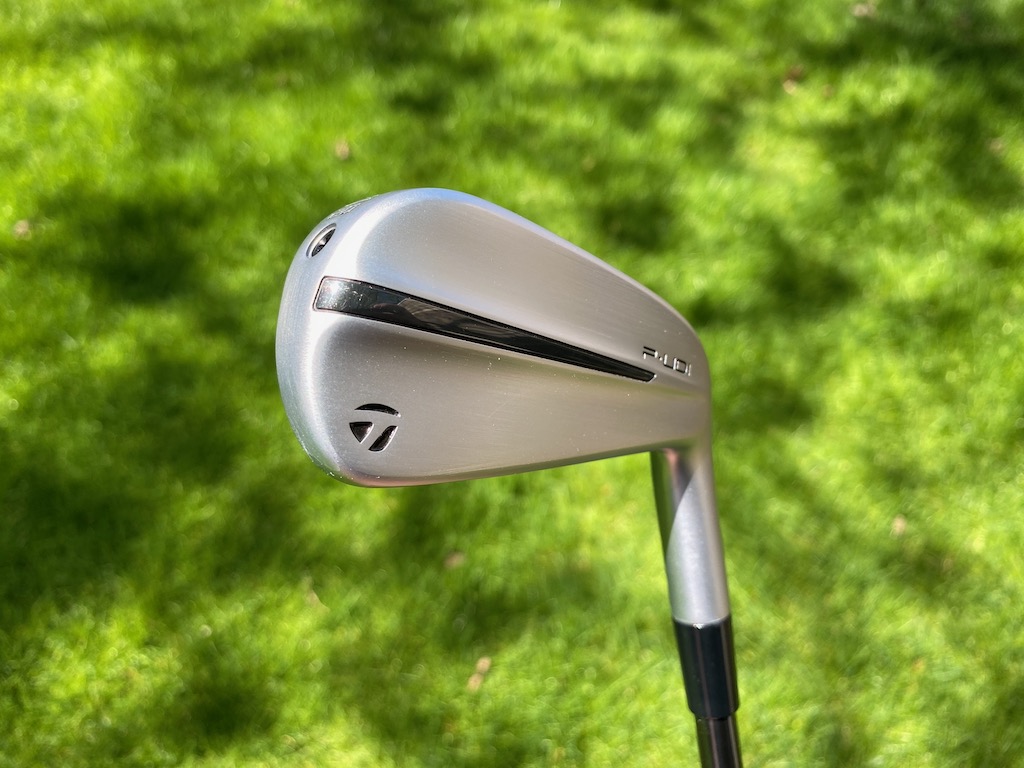
In comparison to past UDI products, the PUDI has a more traditional iron shape, slimmer toplines, and less offset with a little of the backbar visible at address.
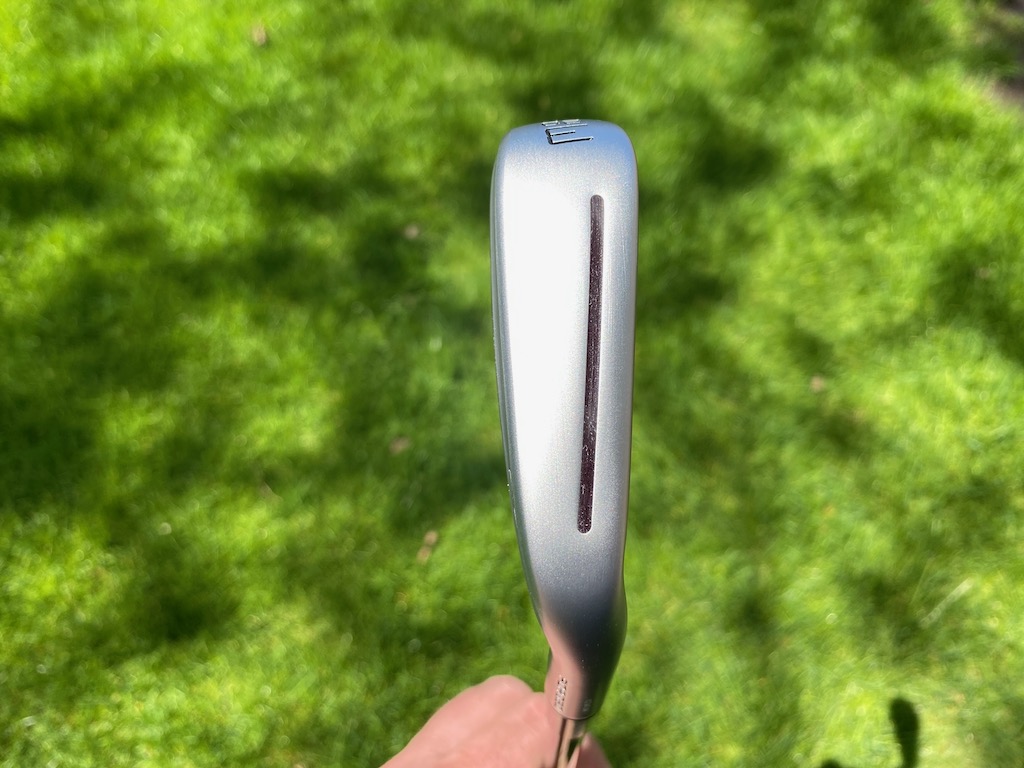

TaylorMade PDHY
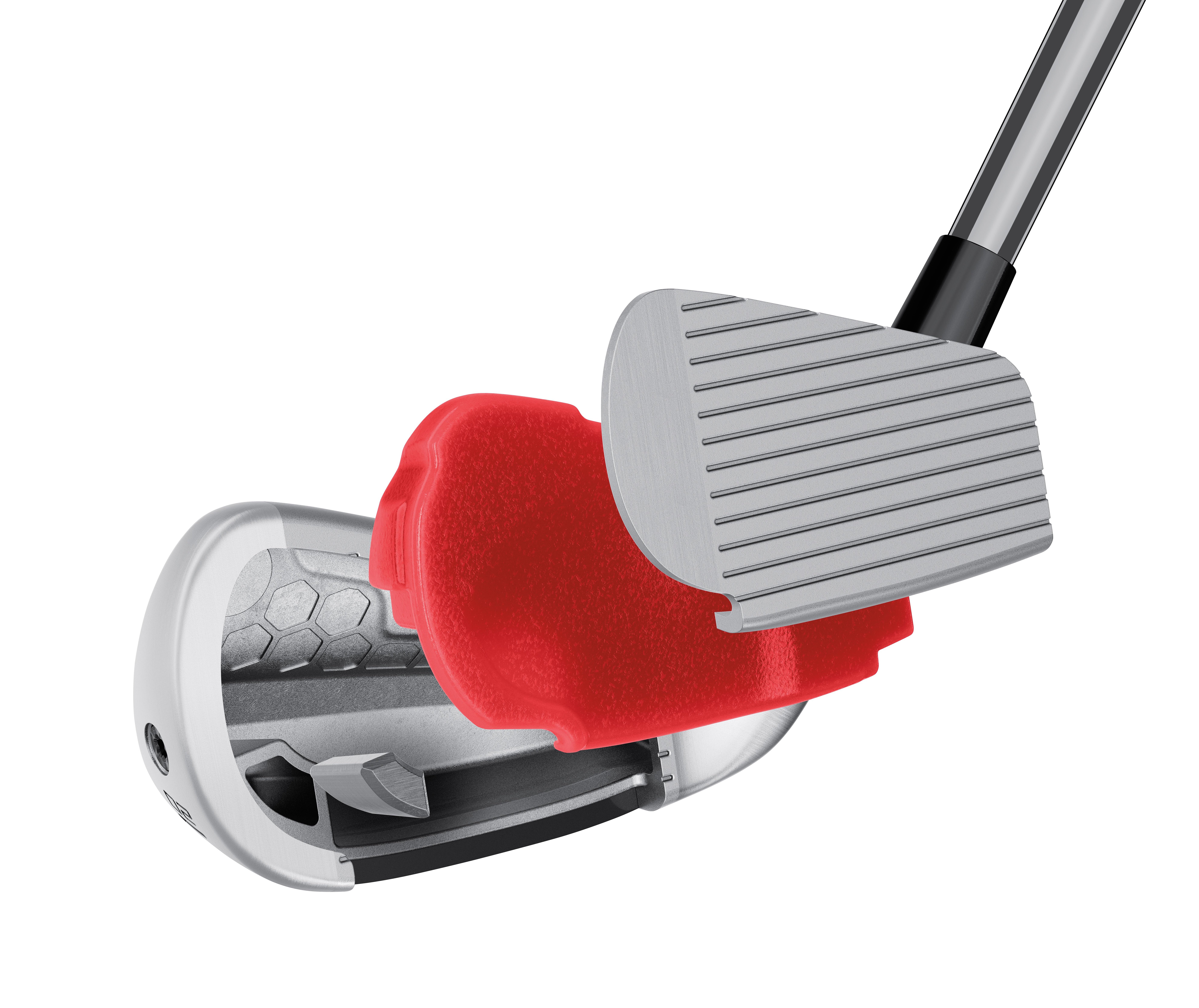
TaylorMade PDHY tech cutaway (via TaylorMade).
Larger in profile than the PUDI, the PDHY seeks to position center of gravity (CG) lower in the club for ease of launch. The toe height is larger and the profile is larger at address — roughly five millimeters longer than PUDI — the sole of the club is wider for improved forgiveness.
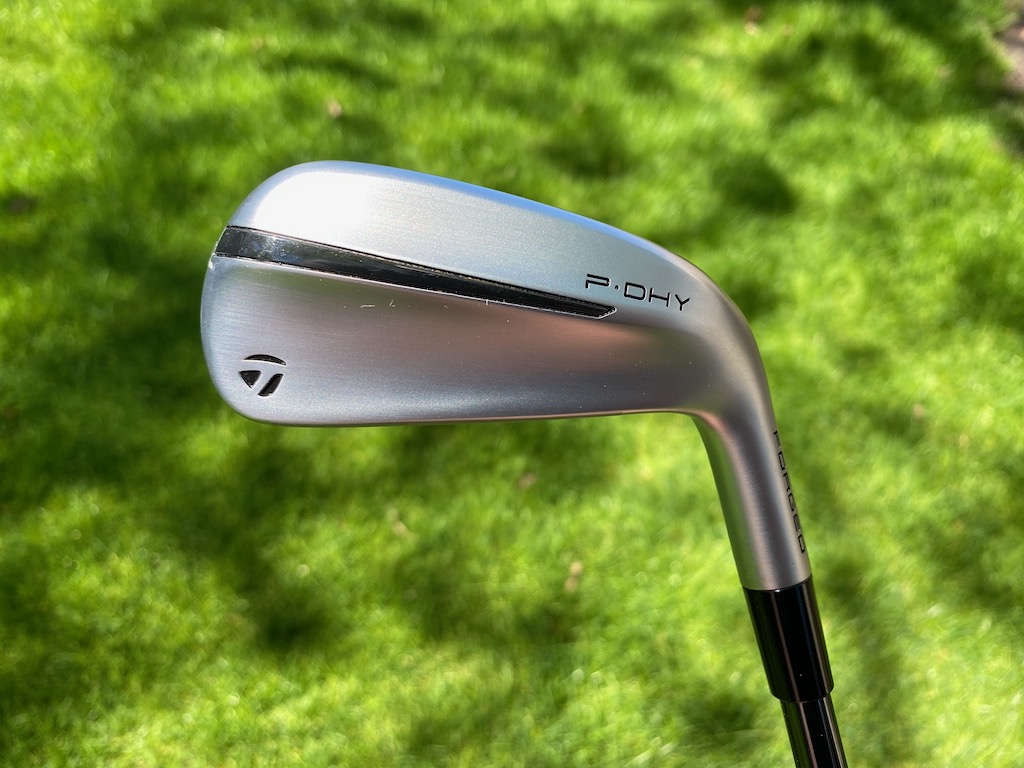



Club Junkie’s take
Golfers who feel like they are missing something at the top of the bag could find the PUDI or PDHY a great option. The look of the PUDI should fit the most discerning eye with a more compact look, less offset, and a thinner topline. If you want a little more confidence looking down the P-DHY will be slightly larger while still being a good-looking utility iron.
For being small packages both models pack a pretty good punch with fast ball speeds, even off-center. The feel is soft and you get a solid feel of the ball compressing off the face when you strike it well. Your ears are greeted with a nice heavy thud as the ball and club come together. The PDHY will launch a little higher for players who need it while the PUDI offers a more penetrating ball flight. Both utility irons could be the cure for an open spot in the top end of the bag.
PUDI, PDHY, or Rescue?
TaylorMade offers the following notes to assist golfers in filling out their bags:
- PUDI has mid-CG right behind the center face to create a more penetrating mid-to-low ball flight
- PDHY has a lower center of gravity to produce an easier-to-launch mid-to-high ball flight.
- Both PUDI and PDHY are lower-flying than the company’s hybrid/Rescue clubs.
- PUDI is more forgiving than P790.
- PDHY is the most forgiving iron in the entire TaylorMade iron family
Pricing, specs, and availability
Price: $249.99
At retail: Now
Stock shafts: UST Mamiya’s Recoil DART (105 X, 90 S and 75 R – only in PDHY)
Stock grip: Golf Pride’s ZGrip (black/grey)
PUDI lofts: 2-17°, 3-20°, 4-22° in both left and right-handed
PDHY lofts: 2-18°, 3-20° and 4-22° in both left and right-handed
- LIKE2
- LEGIT1
- WOW0
- LOL0
- IDHT0
- FLOP0
- OB0
- SHANK0
Equipment
Coolest thing for sale in the GolfWRX Classifieds (5/3/24): Scotty Cameron Champions Choice 2.5+ putter

At GolfWRX, we are a community of like-minded individuals that all experience and express our enjoyment of the game in many ways.
It’s that sense of community that drives day-to-day interactions in the forums on topics that range from best driver to what marker you use to mark your ball. It even allows us to share another thing we all love – buying and selling equipment.
Currently, in our GolfWRX buy/sell/trade (BST) forum, there is a listing for a Scotty Cameron Champions Choice 2.5+ putter
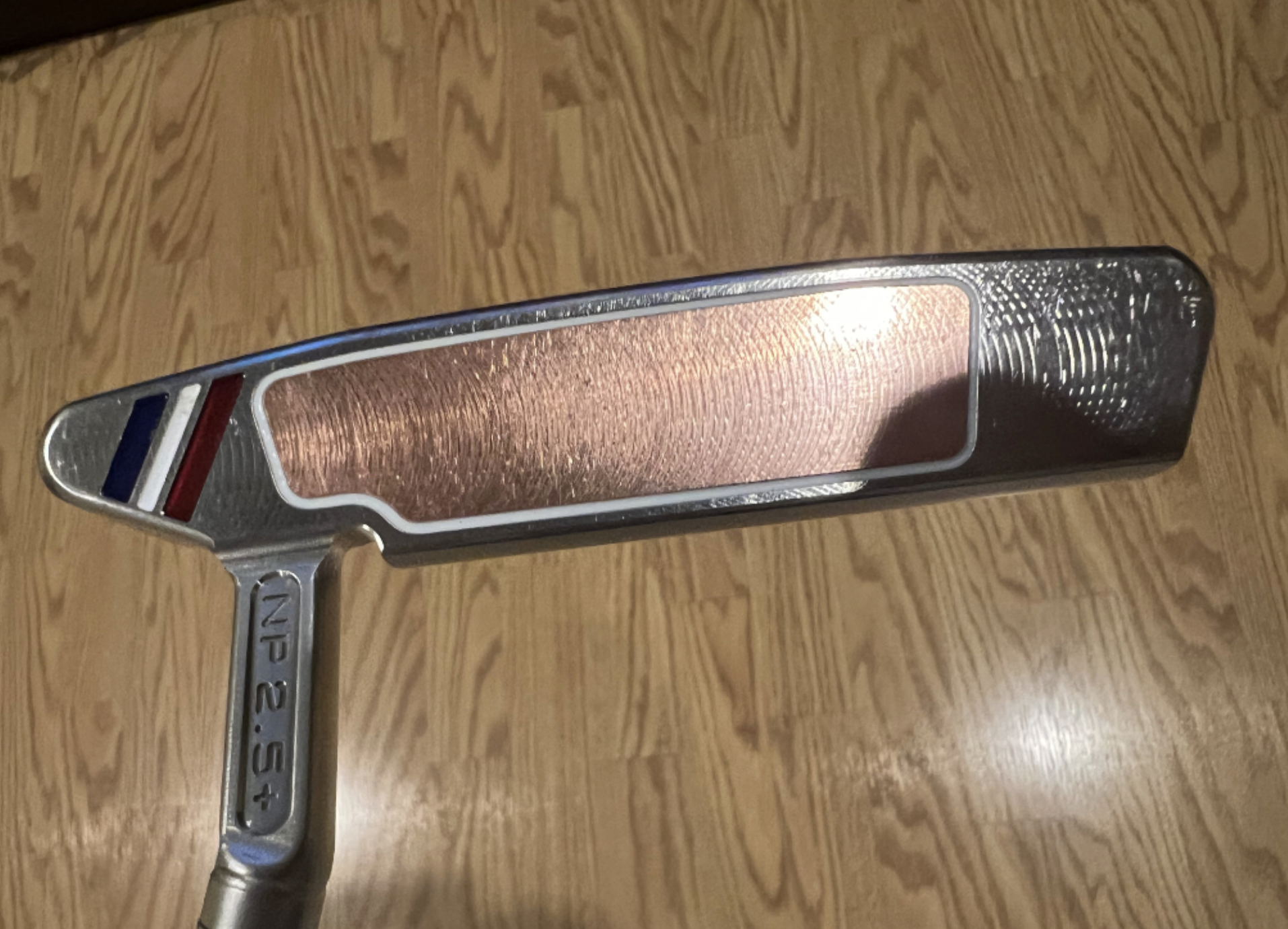
From the seller: (@wwcl): “Has been gamed as pics show. 33.5 includes original h/c and grip. $575 includes shipping and PP fees.”
To check out the full listing in our BST forum, head through the link: Scotty Cameron Champions Choice 2.5+ putter
This is the most impressive current listing from the GolfWRX BST, and if you are curious about the rules to participate in the BST Forum you can check them out here: GolfWRX BST Rules
- LIKE1
- LEGIT0
- WOW0
- LOL0
- IDHT0
- FLOP0
- OB0
- SHANK0
Whats in the Bag
Richy Werenski WITB 2024 (May)
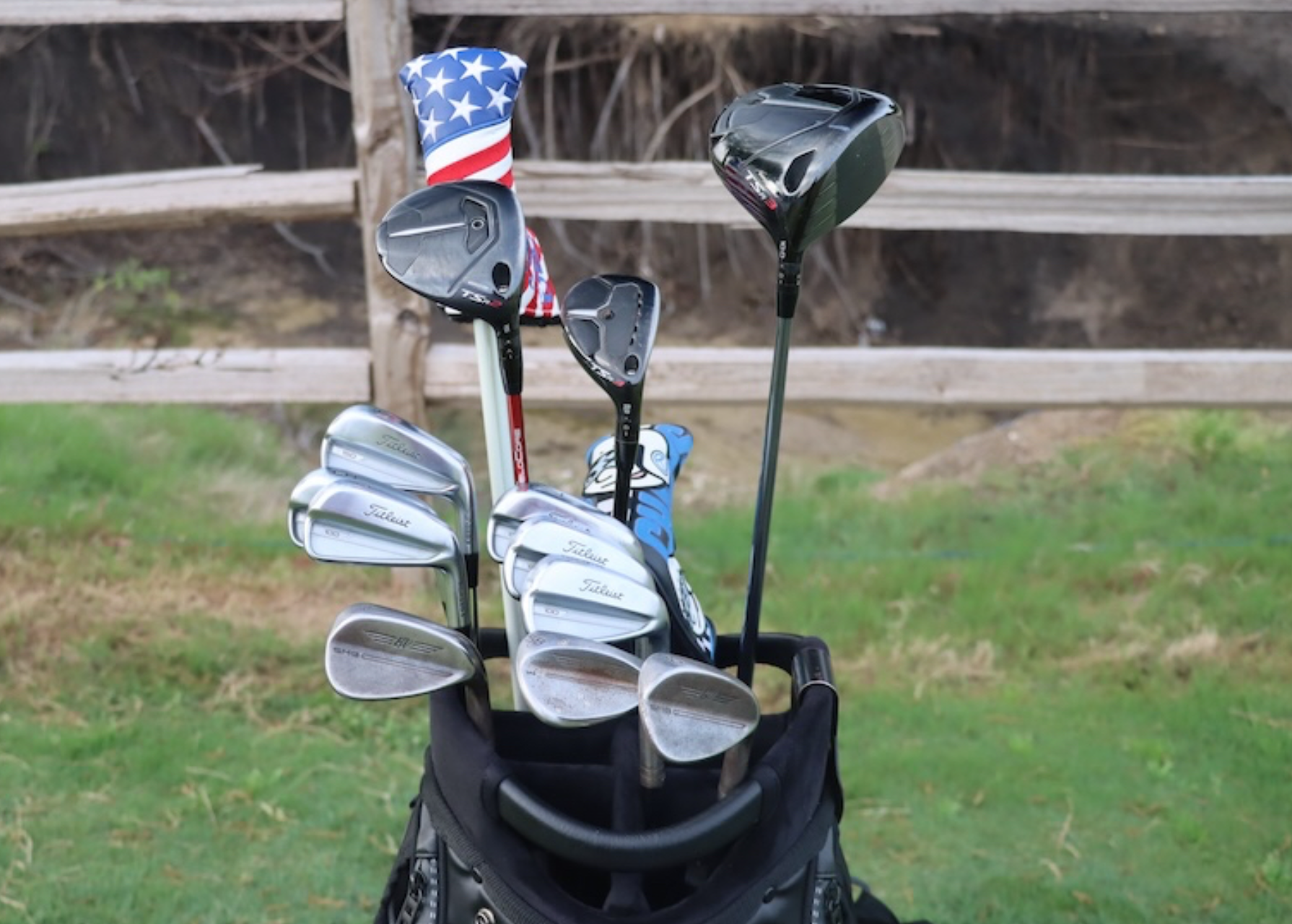
- Richy Werenski what’s in the bag accurate as of the CJ Cup Houston Open.
Driver: Titleist TSR3 (10 degrees, D1 SureFit setting)
Shaft: Mitsubishi Diamana PD 60 TX
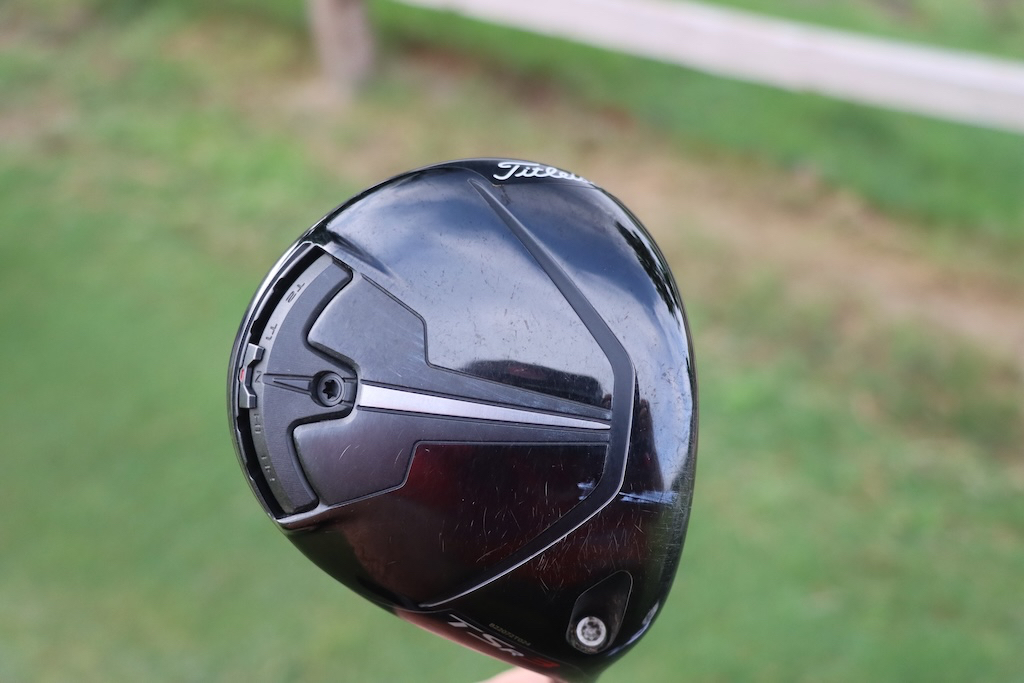
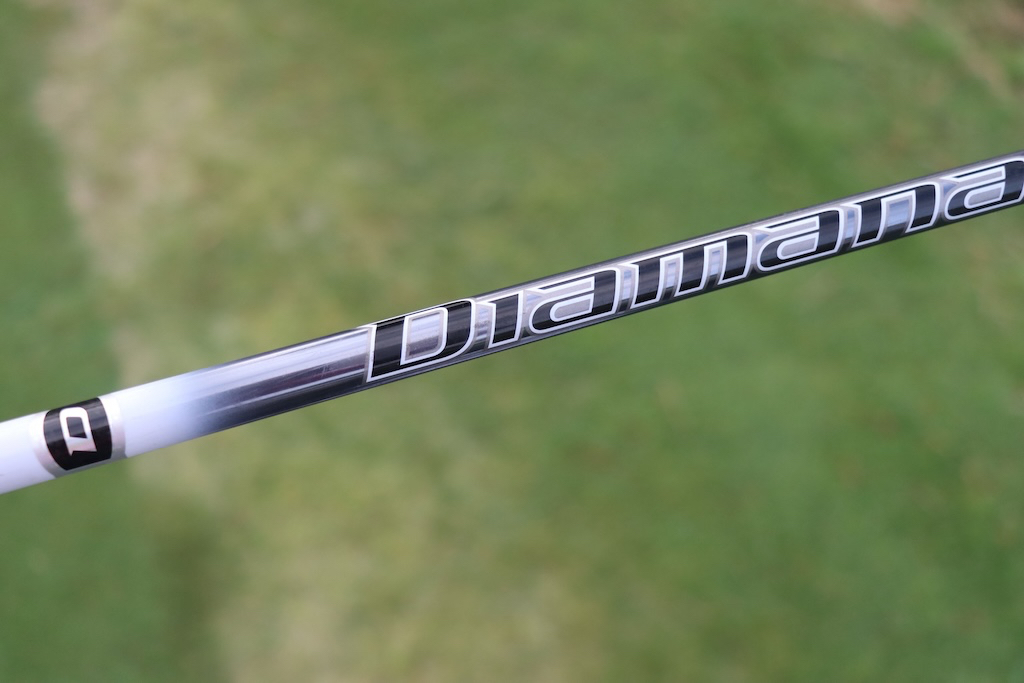
3-wood: Titleist TSR2 (15 degrees, A1 SureFit setting)
Shaft: Fujikura Ventus Red 8 X
Hybrid: Titleist TSR3 (19 degrees, D1 SureFit setting)
Shaft: Mitsubishi Tensei CK Pro White Hybrid 90 TX
Irons: Titleist T100 (4-9)
Shafts: Nippon N.S. Pro Modus3 Tour 105 S
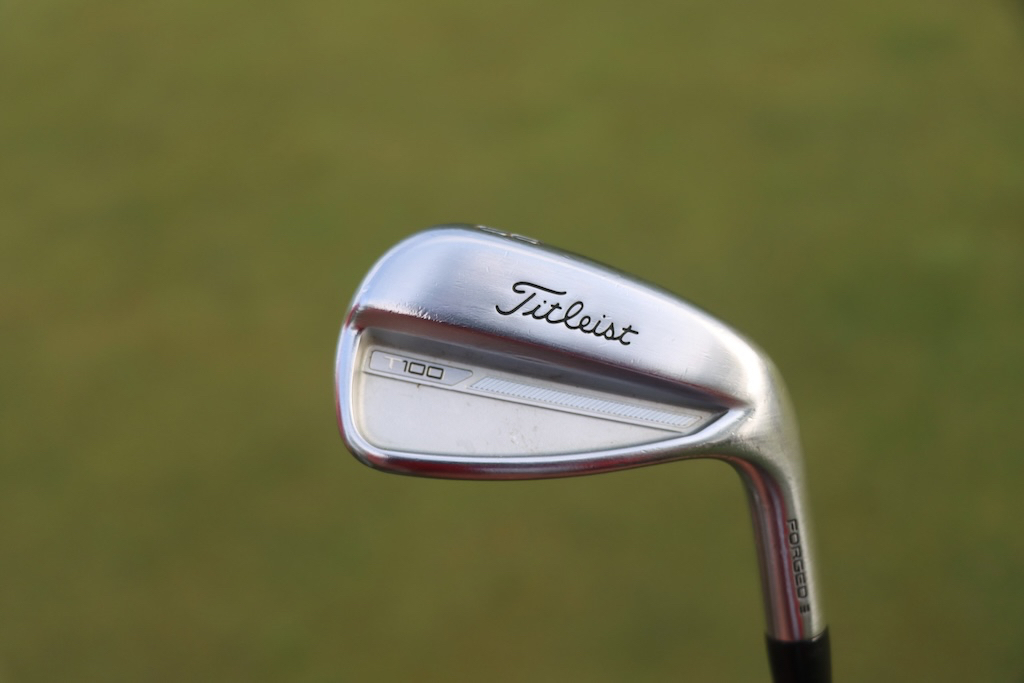
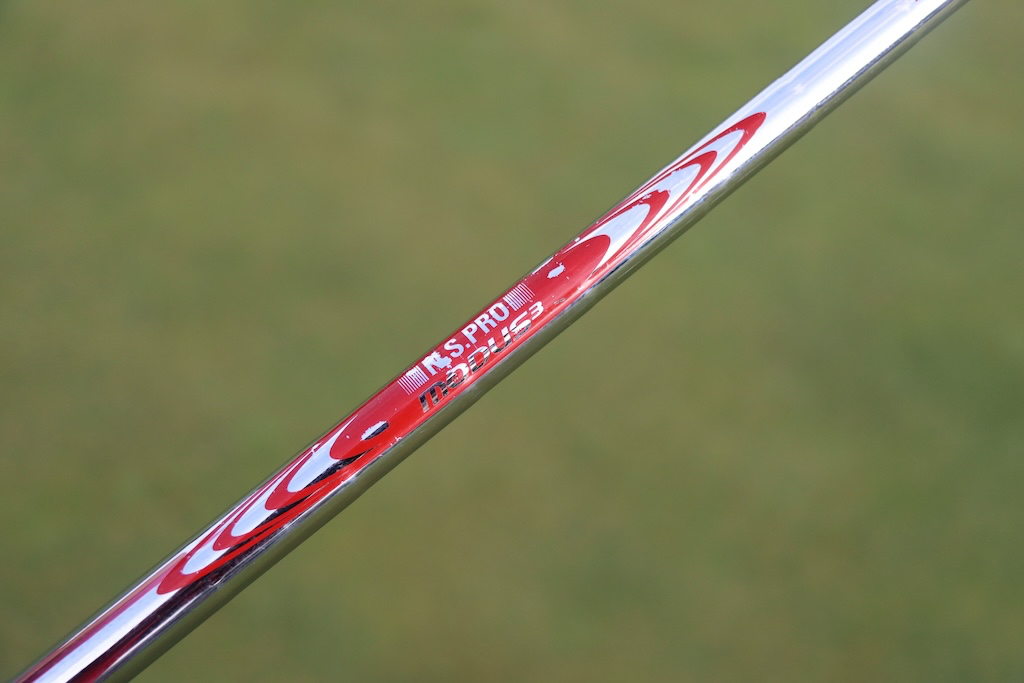
Wedges: Titleist Vokey Design SM9 (46-10F, 50-12F), Titleist Vokey Design WedgeWorks Proto (54-M, 58-L @60)
Shafts: True Temper Dynamic Gold Tour Issue X100 Onyx (46-50), True Temper Dynamic Gold Tour Issue S400 Onyx (54-60)
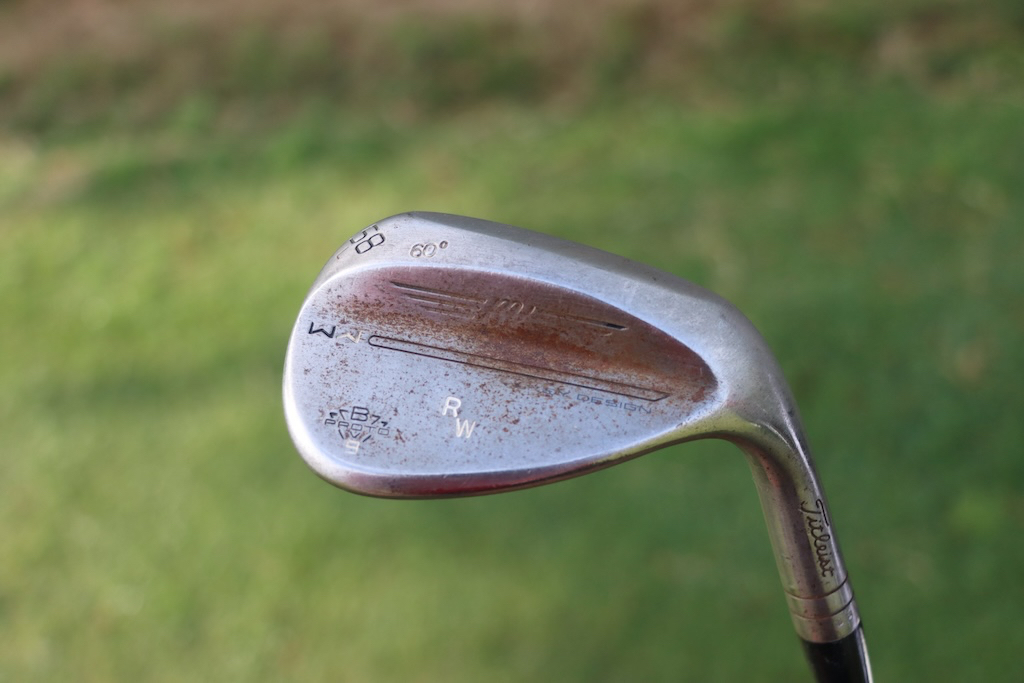
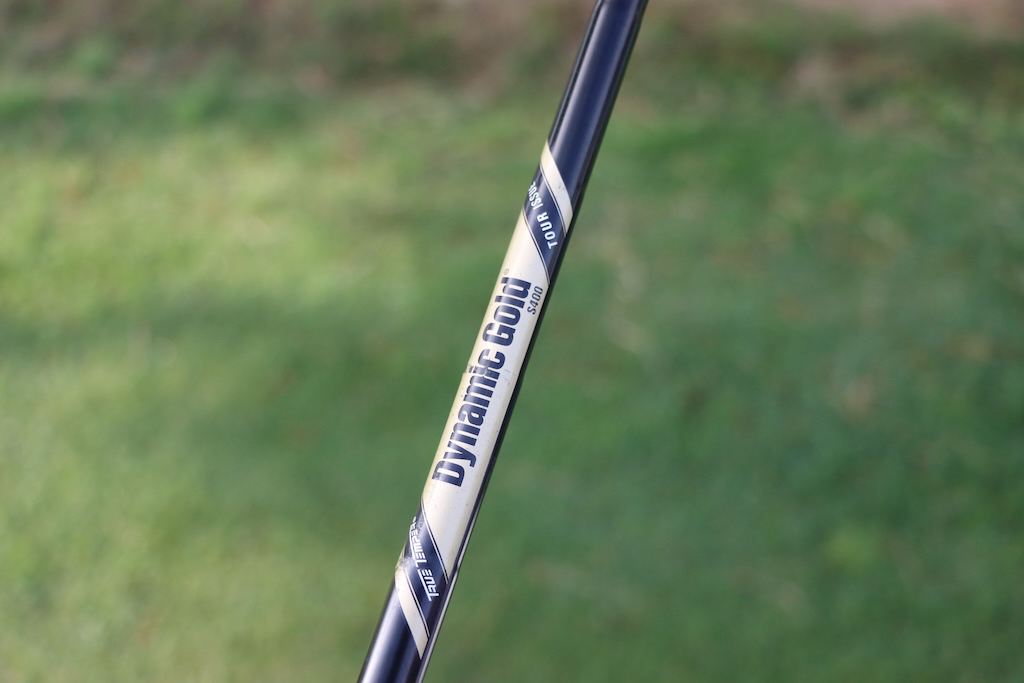
Putter: Scotty Cameron prototype
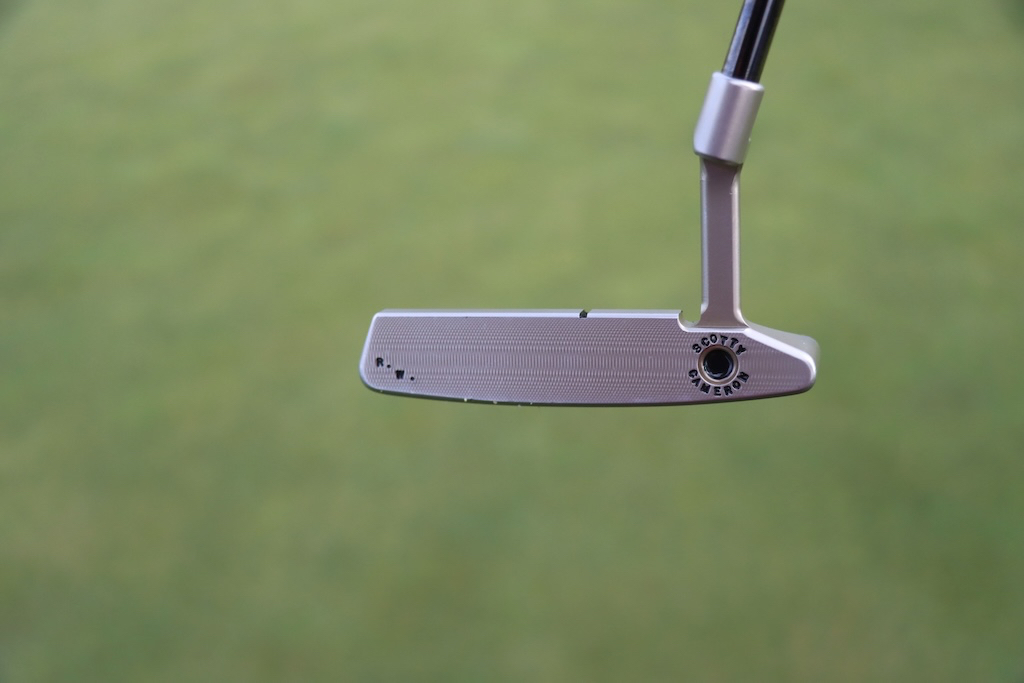
Ball: Titleist Pro V1x Left Dash
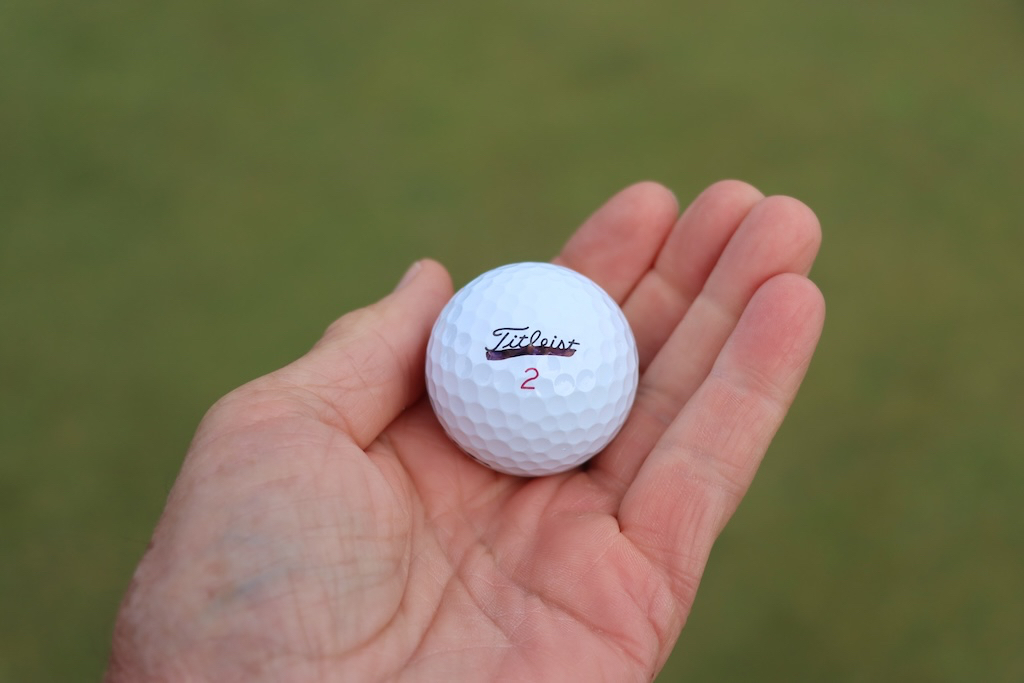
Grips: Golf Pride ZGrip Cord
Check out more in-hand photos of Richy Werenski’s clubs in the forums.
- LIKE2
- LEGIT0
- WOW0
- LOL0
- IDHT0
- FLOP0
- OB0
- SHANK0
-

 19th Hole2 weeks ago
19th Hole2 weeks agoJustin Thomas on the equipment choice of Scottie Scheffler that he thinks is ‘weird’
-

 19th Hole2 weeks ago
19th Hole2 weeks ago‘Absolutely crazy’ – Major champ lays into Patrick Cantlay over his decision on final hole of RBC Heritage
-

 19th Hole3 weeks ago
19th Hole3 weeks agoTwo star names reportedly blanked Jon Rahm all week at the Masters
-

 19th Hole2 weeks ago
19th Hole2 weeks agoReport: LIV Golf identifies latest star name they hope to sign to breakaway tour
-

 19th Hole3 weeks ago
19th Hole3 weeks agoNeal Shipley presser ends in awkward fashion after reporter claims Tiger handed him note on 8th fairway
-

 19th Hole2 weeks ago
19th Hole2 weeks agoBrandel Chamblee has ‘no doubt’ who started the McIlroy/LIV rumor and why
-

 19th Hole7 days ago
19th Hole7 days agoLET pro gives detailed financial breakdown of first week on tour…and the net result may shock you
-

 Equipment2 weeks ago
Equipment2 weeks agoJason Day on his recent switch into Srixon ZX5 and ZX7 Mk II irons


















Maurice Yuen
Nov 4, 2012 at 8:26 pm
Dear Sir,
What is the difference between TFC 330D & 169D?
Thanks.